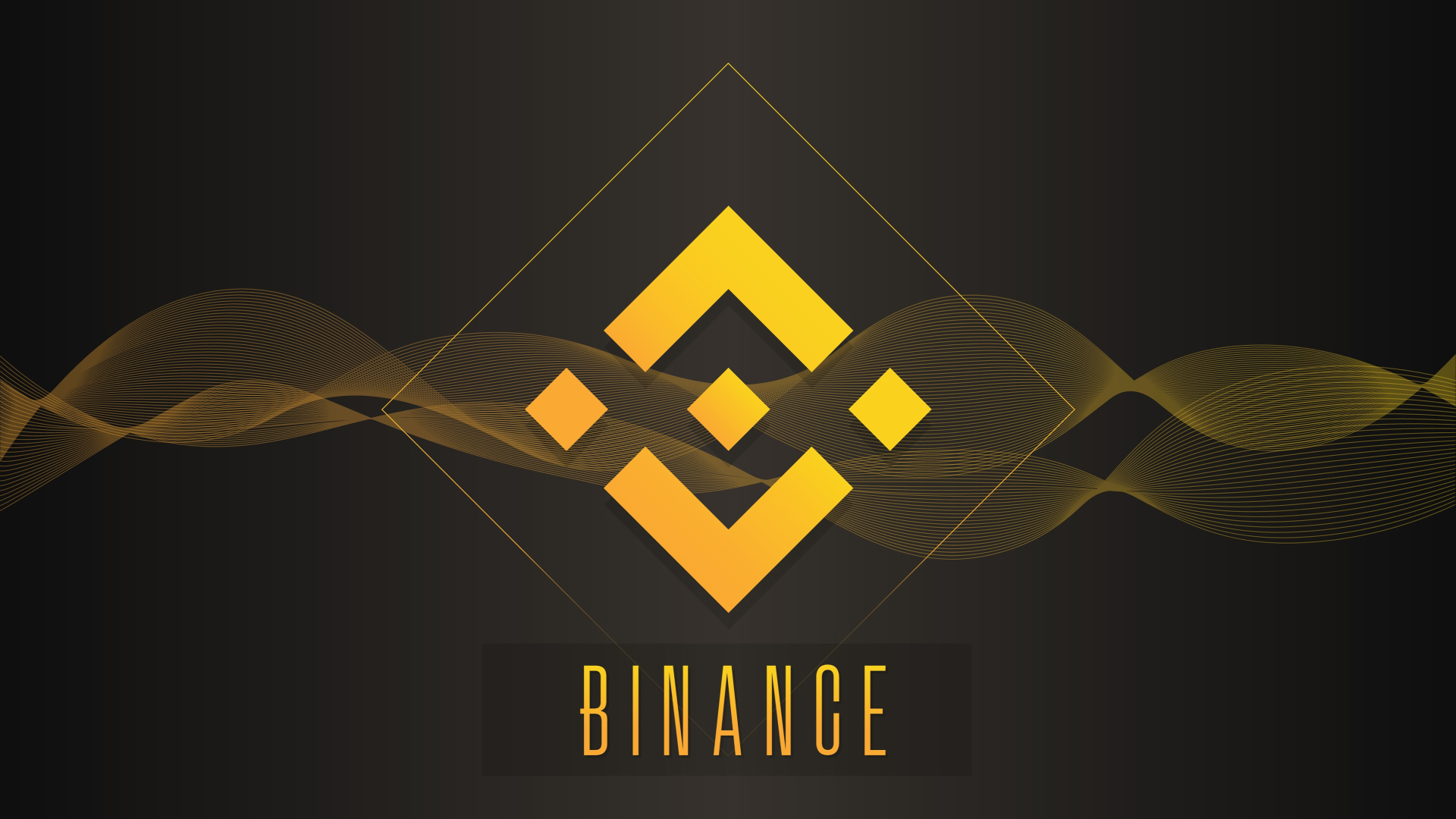Table of Contents
- BUSD Takes Major Hit, Extends Decline
- Market Cap Slumps
- Decrease In Demand
- Interwoven With Binance
- Tough Times Ahead?
Binance’s BUSD stablecoin has seen a sharp fall in market capitalization, as its circulating supply dropped to $15.4 billion on Wednesday.
The BUSD stablecoin has dropped around $1 billion over the past week, and around $2 billion over the past month, according to data from CoinGecko.
BUSD Takes Major Hit, Extends Decline
The world’s largest cryptocurrency exchange Binance has seen its BUSD stablecoin market cap continue to drop, with the stablecoin’s circulating supply dropping by $2 billion in just a month, dropping to just over $15 billion on Wednesday. The drop comes as concerns grow around the mismanagement involving Binance’s pegged tokens, worries about its solvency, and increasing regulation of the crypto ecosystem, leading to a drop in its market capitalization.
The BUSD has its value pegged to the USD and is issued by the New York-based fintech firm Paxos Trust, which operates under the Binance board. The stablecoin is backed by cash and US Treasury bill reserves. Blockchain research firm ChainArgos recently published an analysis that revealed that the BUSD stablecoin was not always fully backed by reserves during 2020 and 2021. On its part, Binance acknowledged the issue and stated that it had addressed them. In a further blow for retail traders, the exchange’s banking partner, Signature Bank, stated it would be halting transfers lesser than $10,000 from the 1st of February, 2022.
Market Cap Slumps
The BUSD registered a significant jump on the 30th of September, 2022. However, these were attributed to Binance forcefully swapping the exchange’s USDC for BUSD. However, these gains have been wiped out, with the stablecoin’s market cap continuing to drop thanks to problems with the management of the dollar-pegged tokens, which came to light earlier this month, leading to a major investor exodus. According to Nansen, BUSD’s circulating supply has dropped to $15.4 billion as of the 25th of January, 2023, declining from $22 billion.
Decrease In Demand
When Bitcoin sees an increase in price, which it has been doing in recent weeks, stablecoins see a decrease in inflow, with investors turning their attention to other assets. According to CryptoQuant,
“Higher value indicates investors who deposited a lot at once are increasing recently. For stablecoin, value rise indicates buying pressure.”
While a majority of stablecoins are seeing a decrease in inflows, BUSD has registered a 3x increase in inflows. If the markets continue to push higher, we may continue to see a decrease in demand.
Interwoven With Binance
Stablecoins generally see an increase in demand when they are used in trading pairs with other altcoins. This use case works on centralized exchanges (CEX) and decentralized exchanges (DEX). However, one concern around BUSD is the lack of its use outside of its parent exchange. According to the numbers, around $13.8 billion in USD is on the Binance exchange. However, the biggest presence of BUSD other than on Binance is on Crypto.com, amounting to just $32.6 million. Instead, USD Coin (USDC) is the largest stablecoin on Crypto.com, with $582 million, far greater than BUSD.
Tough Times Ahead?
Stablecoins bring stability to an inherently volatile crypto ecosystem. In a bull market, investors move towards more volatile assets, leading to a decrease in market capitalization. In contrast, a bear market sees the opposite as investors flock toward the stability offered by stablecoins. The lack of use following a significant drop in the demand for BUSD is a troubling sign for the stablecoin’s market cap, especially if the trend continues over a long period of time. The recent announcement by Swift that it would halt transfers lower than $10,000 on Binance could mean the stablecoin could face a difficult time ahead.
Disclaimer: This article is provided for informational purposes only. It is not offered or intended to be used as legal, tax, investment, financial, or other advice.
Investment Disclaimer










